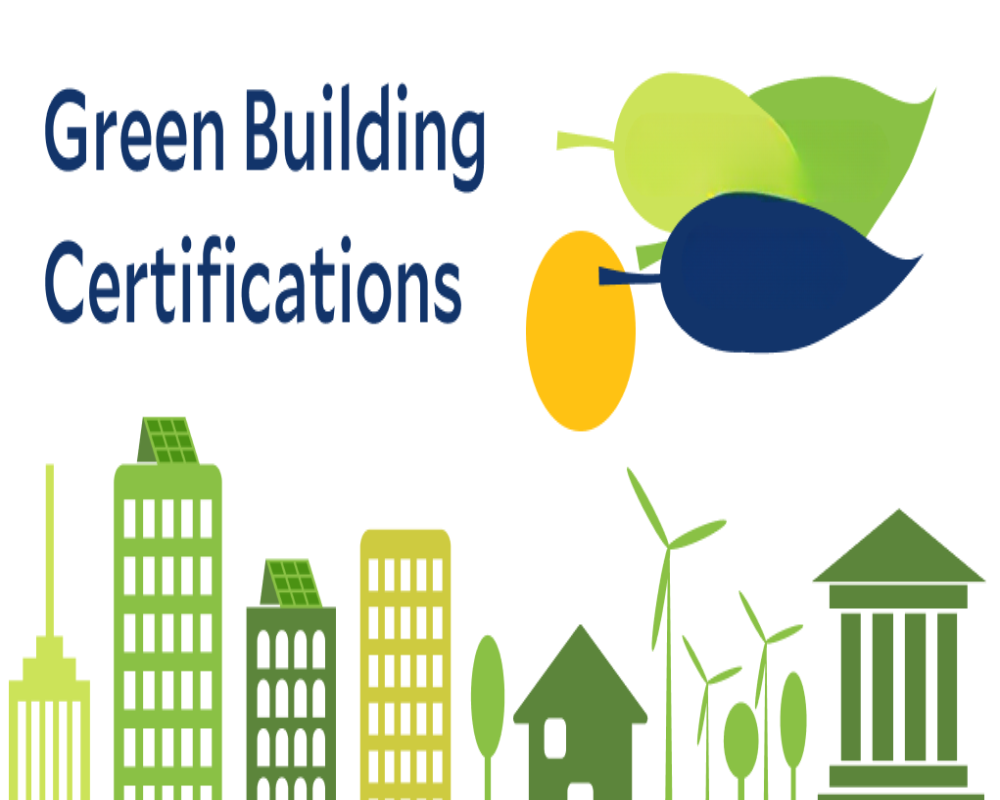Introduction
Green building compliance certifications are formal recognition systems designed to evaluate, verify, and promote environmentally responsible and resource-efficient building practices. These certifications serve as important tools for ensuring that buildings are planned, constructed, operated, and maintained in a way that minimizes their environmental impact while enhancing occupant well-being, energy efficiency, and sustainability performance. As climate concerns and resource constraints become central to the real estate and construction industries, green building certifications have evolved into essential benchmarks for both public and private sector development, reflecting global best practices and regulatory expectations.
Purpose and Role in Sustainable Development
The main purpose of green building certifications is to establish clear performance criteria that go beyond minimum building code requirements and encourage a holistic approach to sustainability. They provide a measurable and transparent framework for evaluating how well a building performs in key areas such as energy use, water conservation, indoor air quality, materials sourcing, waste management, and carbon emissions.
Certifications act as independent, third-party validations that a building meets established sustainability goals. This not only enhances the building’s reputation and marketability but also provides assurance to tenants, investors, lenders, and regulators that the property aligns with long-term environmental and economic objectives. For governments and municipalities, certified green buildings contribute to broader climate targets, reduce infrastructure stress, and promote healthier urban environments.
Frameworks and Global Recognition
There are several widely recognized green building certification systems in use globally, each with its own methodologies, scoring systems, and compliance standards. Among the most prominent are LEED (Leadership in Energy and Environmental Design), BREEAM (Building Research Establishment Environmental Assessment Method), WELL Building Standard, Green Star, and EDGE (Excellence in Design for Greater Efficiencies). These systems differ in focus—some emphasize energy efficiency and carbon neutrality, while others give equal weight to occupant wellness, materials, and life-cycle impacts.
Each certification typically requires the submission of detailed documentation, design specifications, modeling simulations, and on-site inspections. Buildings are assessed against established criteria and awarded certification levels based on their performance—ranging from basic compliance to higher ratings such as Silver, Gold, Platinum, or equivalent tiers in different systems.
Impact on Compliance and Operations
Green building certifications influence every stage of a development project—from site selection and architectural design to construction materials, mechanical systems, and long-term maintenance. They often shape the choice of HVAC systems, lighting designs, water fixtures, insulation methods, and even landscaping. Compliance with certification standards may also include requirements for construction waste diversion, use of recycled or locally sourced materials, and implementation of building management systems for ongoing performance monitoring.
Post-certification, buildings are often required to maintain performance through regular audits or reporting. Operational data such as energy and water usage must be tracked and optimized, ensuring that the sustainability goals are not only achieved at completion but upheld throughout the building’s lifecycle.
Benefits and Strategic Value
Green building certifications provide tangible and intangible benefits. Certified buildings often enjoy reduced utility costs, lower operating expenses, and increased asset value. They tend to attract environmentally conscious tenants, achieve higher occupancy rates, and qualify for government incentives such as tax reductions or expedited permitting. From a strategic standpoint, certifications also contribute to corporate ESG (Environmental, Social, and Governance) goals, aligning properties with investor priorities and sustainability disclosures.
As more cities and governments mandate higher environmental performance for buildings, green certification is increasingly viewed not as a luxury, but as a standard of responsible development. For commercial developers, property owners, and facility managers, achieving compliance with green certification standards is a forward-looking strategy that supports long-term operational resilience, regulatory alignment, and environmental stewardship.
Conclusion
Green building compliance certifications are integral to the modern real estate landscape, offering a structured and credible approach to validating sustainable building performance. They reflect a growing global commitment to reducing environmental impact while enhancing building functionality and occupant well-being. By embedding these certifications into planning and development processes, stakeholders not only comply with evolving legal and market expectations but also contribute meaningfully to a more sustainable and resilient built environment. In today’s climate-conscious economy, green certification is more than a badge—it is a declaration of quality, responsibility, and future-readiness.
Hashtags
#GreenBuilding #SustainableArchitecture #EcoFriendly #LEED #BREEAM #GreenBuildingCertification #SustainableDesign #EnergyEfficiency #EnvironmentalImpact #GreenConstruction #BuildingStandards #SustainableLiving #EcoConscious #GreenBuildingCouncil #RenewableEnergy #SmartBuilding #CarbonFootprint #HealthyBuildings #ResilientDesign #GreenMaterials


